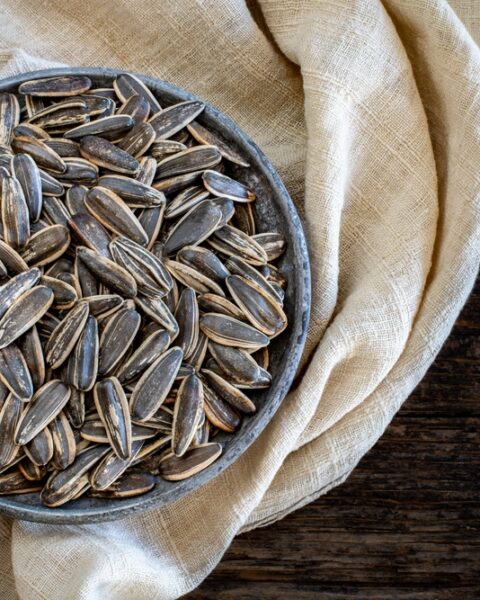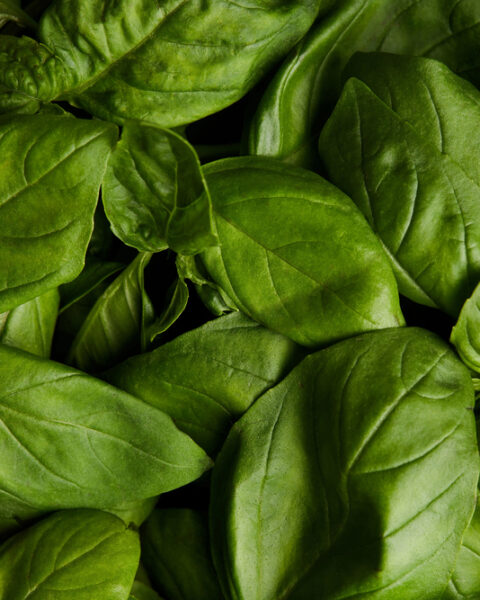We all have our routines in the kitchen—those little habits that seem harmless or even helpful. But have you ever wondered if they’re actually doing more harm than good? Professional chefs have seen it all, and they’ve got some strong opinions about the things we do that make their culinary hearts sink. So, before you whip up your next meal, keep in mind these things that the pros wish you’d stop doing in the kitchen.
Contents
- 1 Overcrowding the Pan
- 2 Using Dull Knives
- 3 Ignoring Preheating
- 4 Neglecting to Read the Recipe First
- 5 Overusing Nonstick Cookware
- 6 Overmixing Batter or Dough
- 7 Not Letting Meat Rest
- 8 Using the Wrong Cutting Board
- 9 Cooking Everything on High Heat
- 10 Not Seasoning Properly
- 11 Disregarding Mise en Place
- 12 Not Cleaning as You Go
- 13 Ignoring Expiration Dates
- 14 Storing Ingredients Improperly
- 15 Relying Too Much on Recipes
- 16 More From RetailShout
- 17 10 Affordable Fall Workwear Finds at Walmart Under $50
- 18 18 New and 13 Returning Items Of The Week At Trader Joe’s (11/24 – 12/02)
Overcrowding the Pan

Overcrowding the pan is a common mistake that many home cooks make. When too much food is placed in the pan at once, it lowers the temperature, causing the food to steam instead of sear. This results in a lack of browning and can make meats and vegetables soggy instead of crispy. Professional chefs recommend cooking in batches, allowing enough space for each piece of food to properly sear and develop a rich flavor. Taking the time to cook in smaller portions will greatly improve the texture and taste of your dishes.
Using Dull Knives
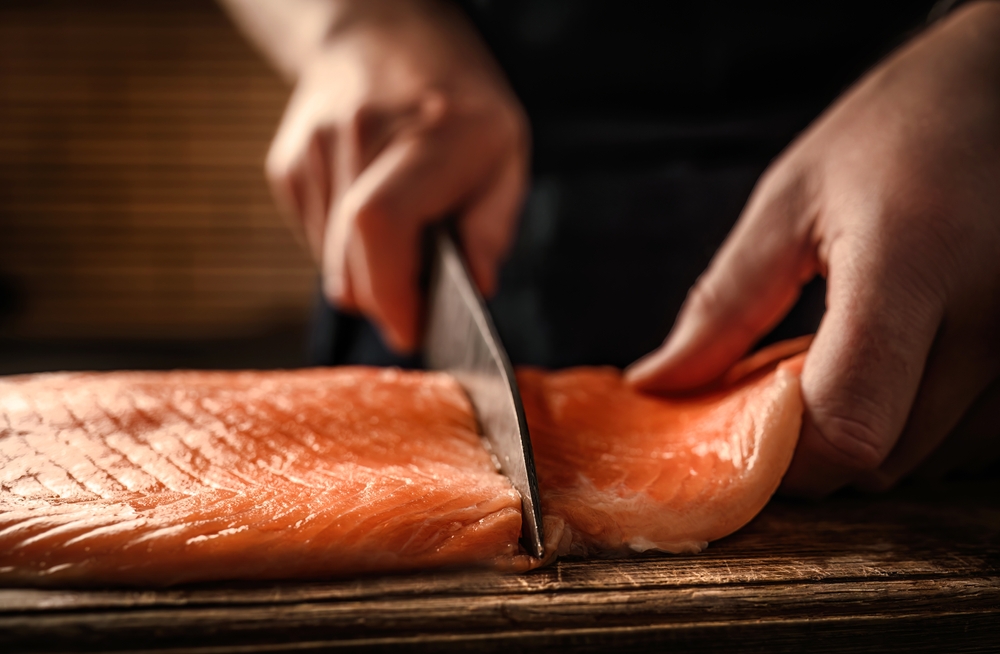
A dull knife is not only frustrating to use but also dangerous. It requires more force to cut through ingredients, increasing the risk of the knife slipping and causing injury. Additionally, dull knives can crush herbs, tomatoes, and other delicate ingredients, leading to a less appealing final product. Professional chefs stress the importance of regularly sharpening your knives and using the right knife for each task. A sharp knife not only makes your work easier but also ensures cleaner, more precise cuts.
Ignoring Preheating

Skipping the preheating step when using your oven or stovetop can lead to unevenly cooked food. Professional chefs know that a properly preheated pan or oven ensures that food cooks evenly from the start, developing better flavor and texture. Whether you’re baking a cake or searing a steak, waiting those extra few minutes for your cooking surface to reach the right temperature can make all the difference. Impatience in the kitchen can often lead to disappointing results, so take the time to preheat properly.
Neglecting to Read the Recipe First
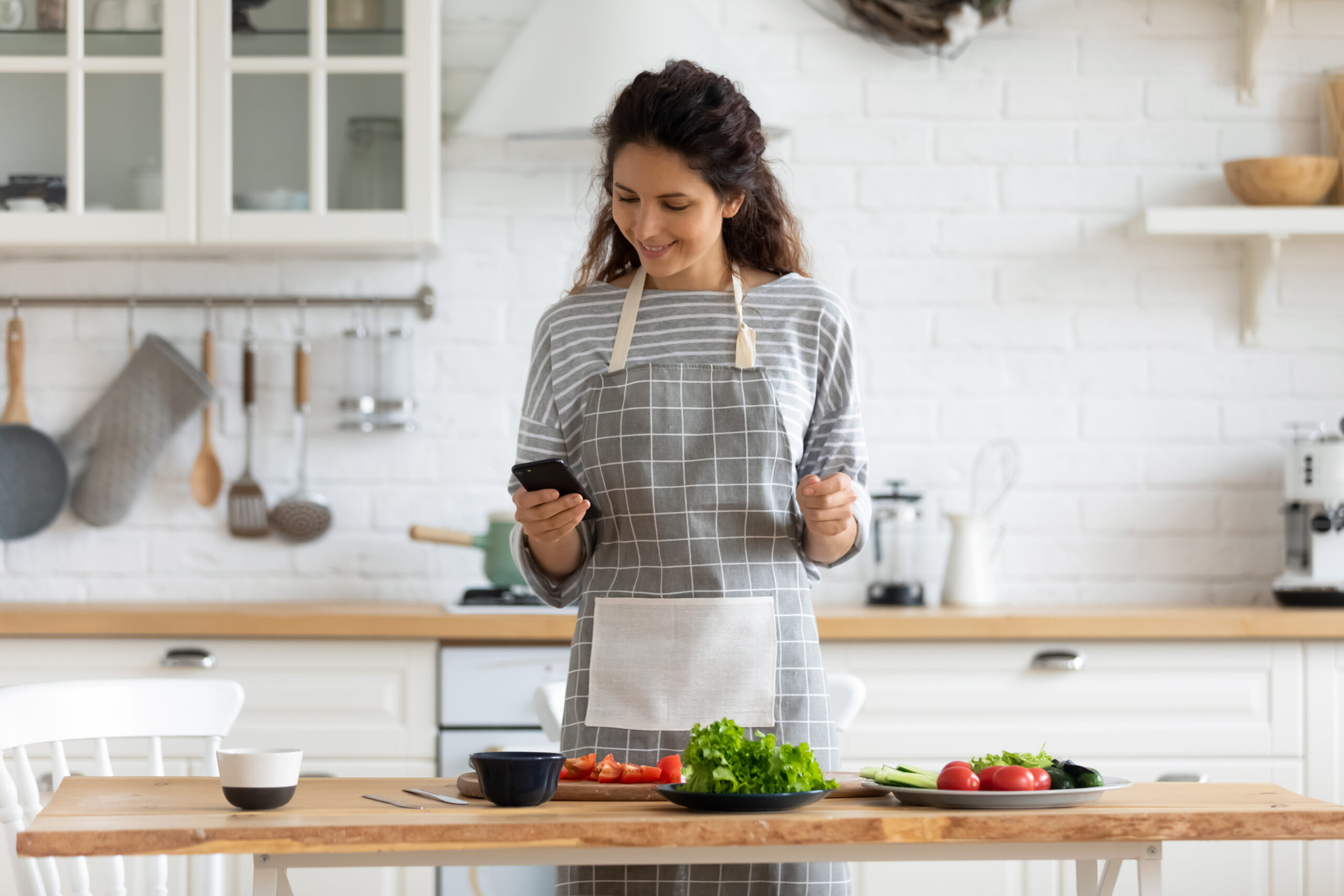
Diving into a recipe without fully reading it first can lead to unnecessary stress and mistakes. Professional chefs always recommend reading through the entire recipe before starting to cook. This ensures that you understand each step and have all the necessary ingredients and tools on hand. By taking a moment to prepare, you can avoid last-minute surprises and make your cooking process smoother and more enjoyable. Preparation is key to a successful dish, and it starts with understanding what you’re about to do.
Overusing Nonstick Cookware
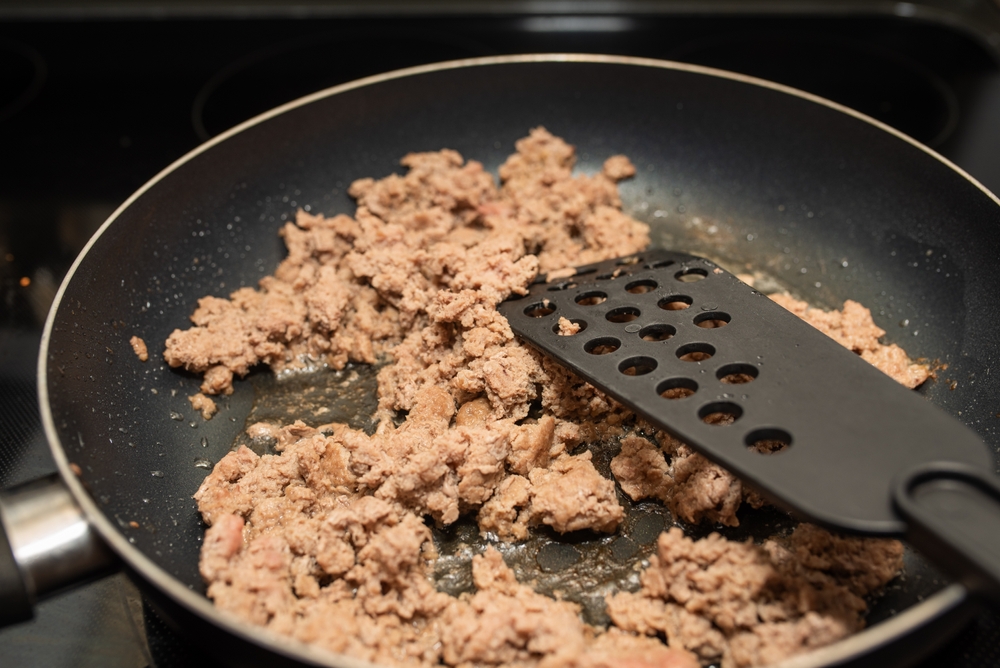
Nonstick cookware is convenient, but it’s not always the best choice for every cooking task. Professional chefs know that nonstick pans don’t allow food to brown as well as stainless steel or cast iron, which can impact the flavor of your dishes. Additionally, using metal utensils on nonstick surfaces can damage the coating, making the pan less effective over time. Instead, use nonstick pans for delicate tasks like cooking eggs, and reserve stainless steel or cast iron for searing meats and sautéing vegetables.
Overmixing Batter or Dough
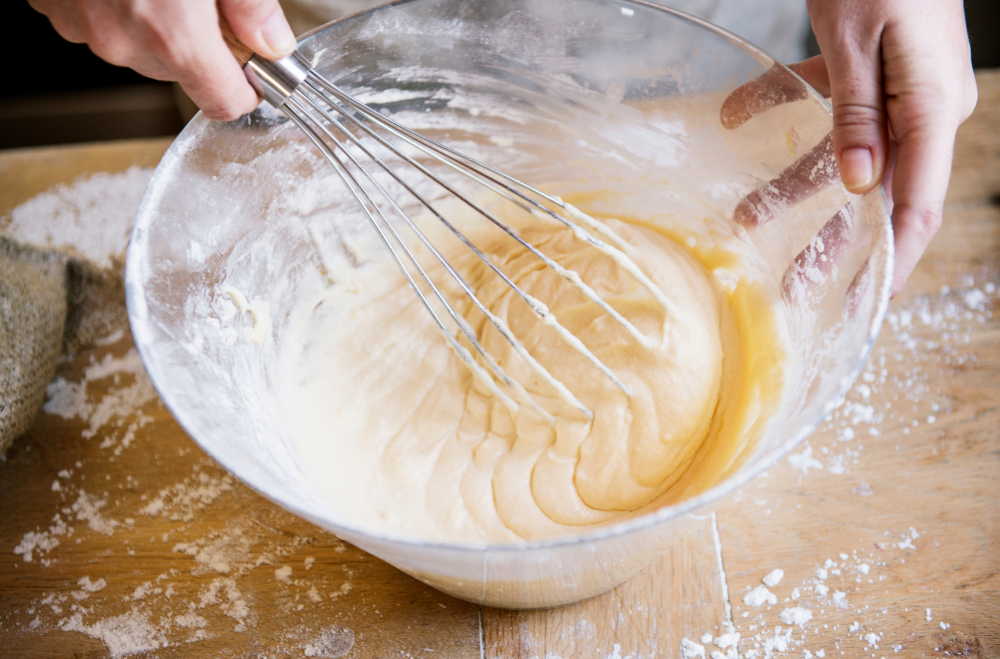
Overmixing is a common mistake that can ruin baked goods. When you overmix batter or dough, you develop the gluten in the flour too much, leading to tough and dense results. Professional chefs recommend mixing just until the ingredients are combined, and no more. This preserves the light and tender texture that you want in cakes, muffins, and breads. It can be tempting to keep mixing for a smoother batter, but a few lumps are often a good sign in baking.
Not Letting Meat Rest
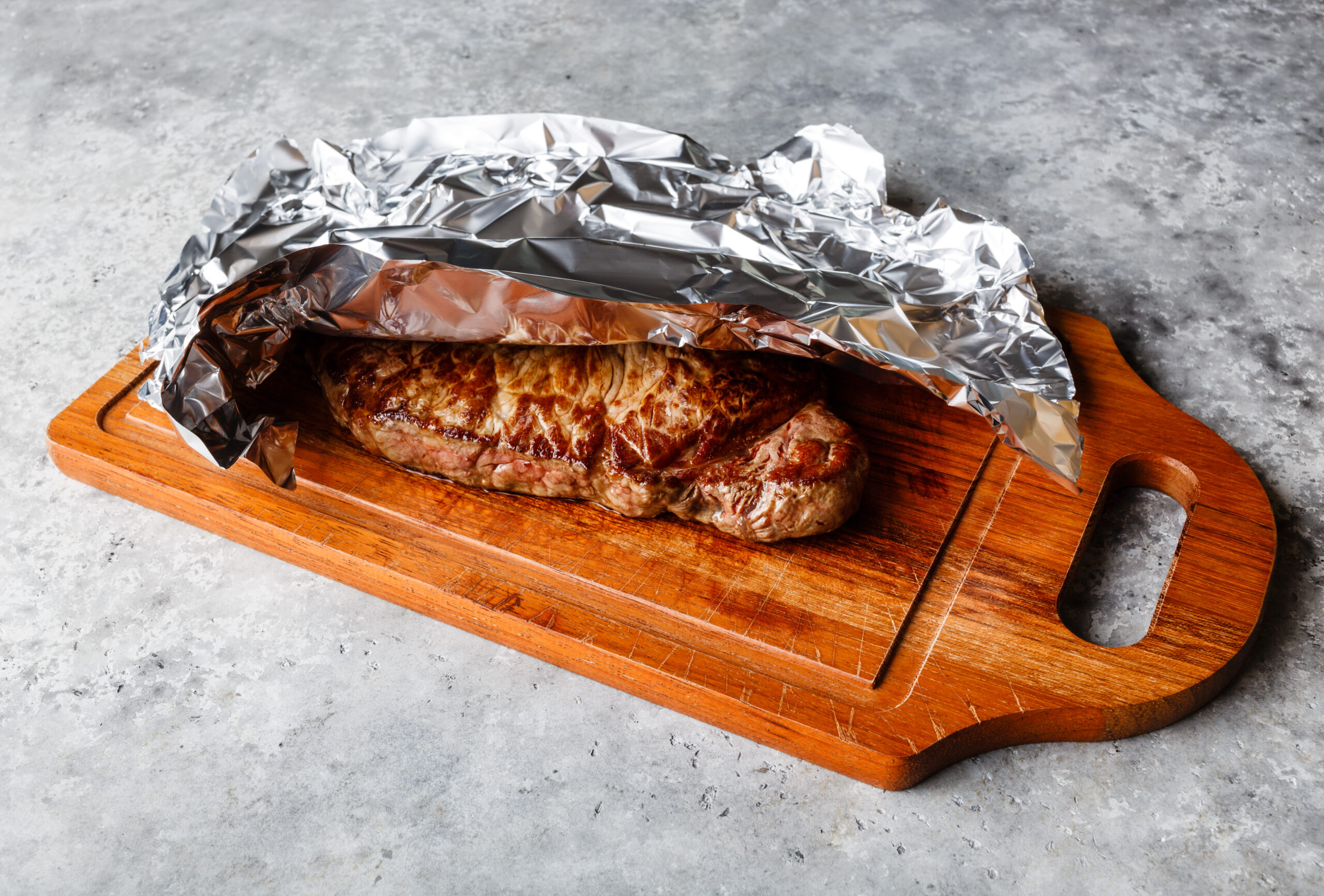
Cutting into meat as soon as it comes off the heat is a mistake that can lead to dry and less flavorful dishes. Professional chefs know that allowing meat to rest for a few minutes after cooking gives the juices time to redistribute, resulting in a more tender and juicy final product. Whether you’re cooking steak, chicken, or pork, letting it rest under a loose cover of foil for at least 5-10 minutes can make a big difference. Patience in this case truly pays off with a better meal.
Using the Wrong Cutting Board

Using the wrong cutting board can lead to cross-contamination and dull your knives. Professional chefs recommend having at least two cutting boards: one for raw meat, poultry, and fish, and another for fruits, vegetables, and bread. Wooden cutting boards are gentle on knives and perfect for dry ingredients, while plastic cutting boards are easier to sanitize and ideal for raw proteins. Mixing the use of these boards can result in foodborne illness or uneven cuts, so it’s important to use them properly.
Cooking Everything on High Heat
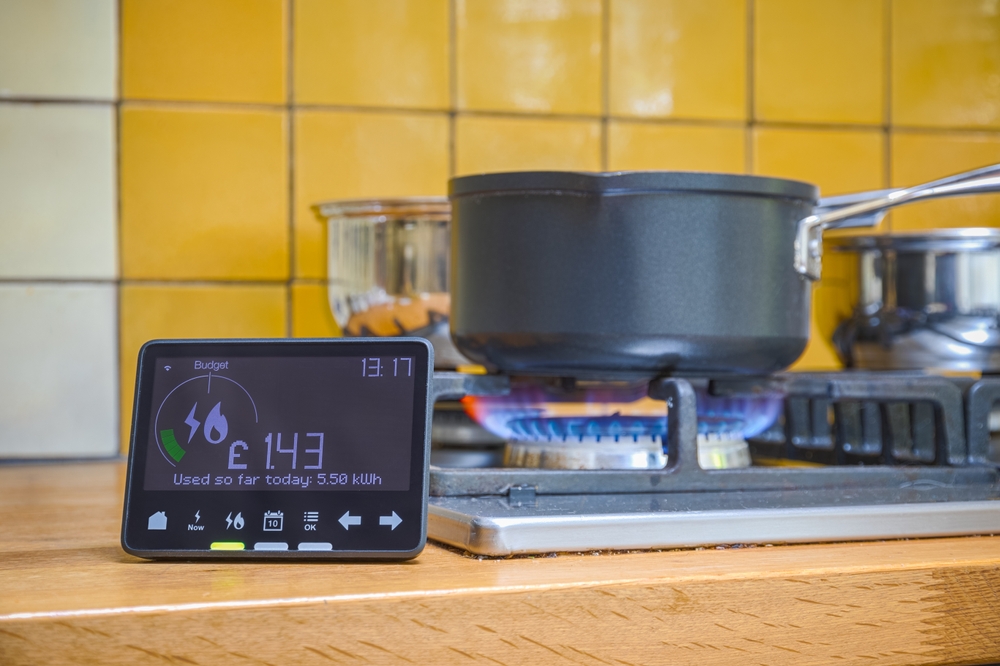
High heat is not the solution for every cooking method, despite what some might believe. Professional chefs understand that different foods require different temperatures to cook properly. While high heat is great for searing and boiling, it can easily burn delicate ingredients like garlic, herbs, or butter. Learning to control the heat on your stovetop and using low or medium heat when appropriate can lead to better flavors and more precise cooking. Mastering temperature control is crucial for achieving professional results at home.
Not Seasoning Properly
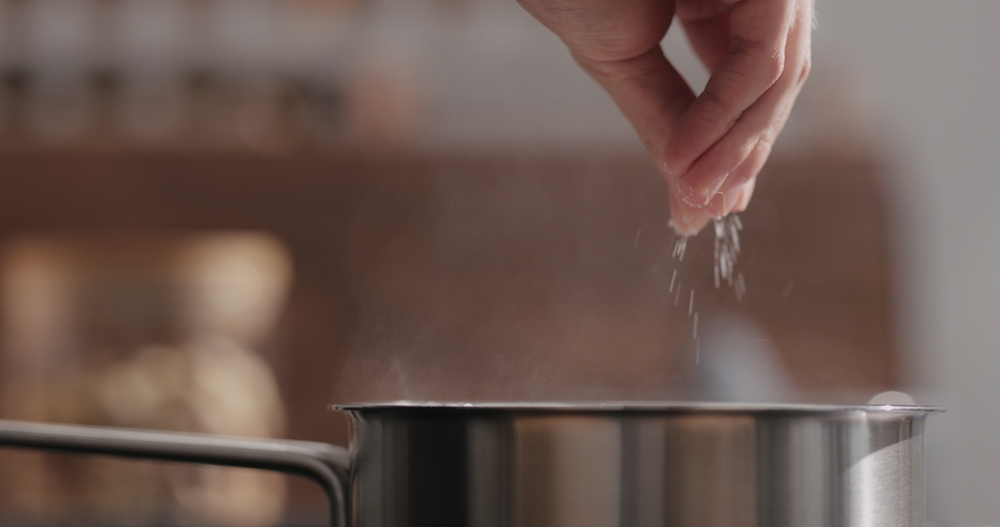
Seasoning is one of the most critical aspects of cooking, yet many home cooks either underseason or overseason their dishes. Professional chefs emphasize the importance of tasting as you go and adjusting the seasoning throughout the cooking process. Salt enhances the natural flavors of ingredients, but too much can overpower a dish. Similarly, balancing herbs and spices can take a meal from bland to extraordinary. Proper seasoning is an art, and it starts with understanding how different flavors interact.
Disregarding Mise en Place
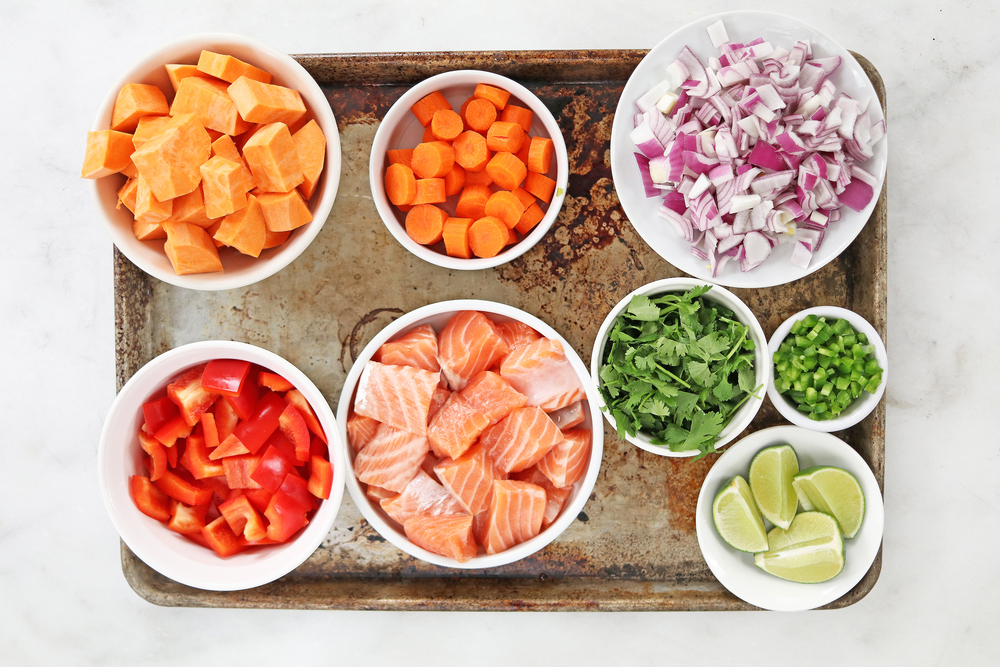
Mise en place, or “everything in its place,” is a fundamental concept in professional kitchens that is often overlooked by home cooks. Professional chefs swear by this practice of preparing and organizing all your ingredients before you start cooking. This ensures that you can work quickly and efficiently without pausing to chop, measure, or search for ingredients. Disregarding mise en place can lead to a chaotic cooking experience, where mistakes are more likely to happen. A little organization can go a long way in the kitchen.
Not Cleaning as You Go
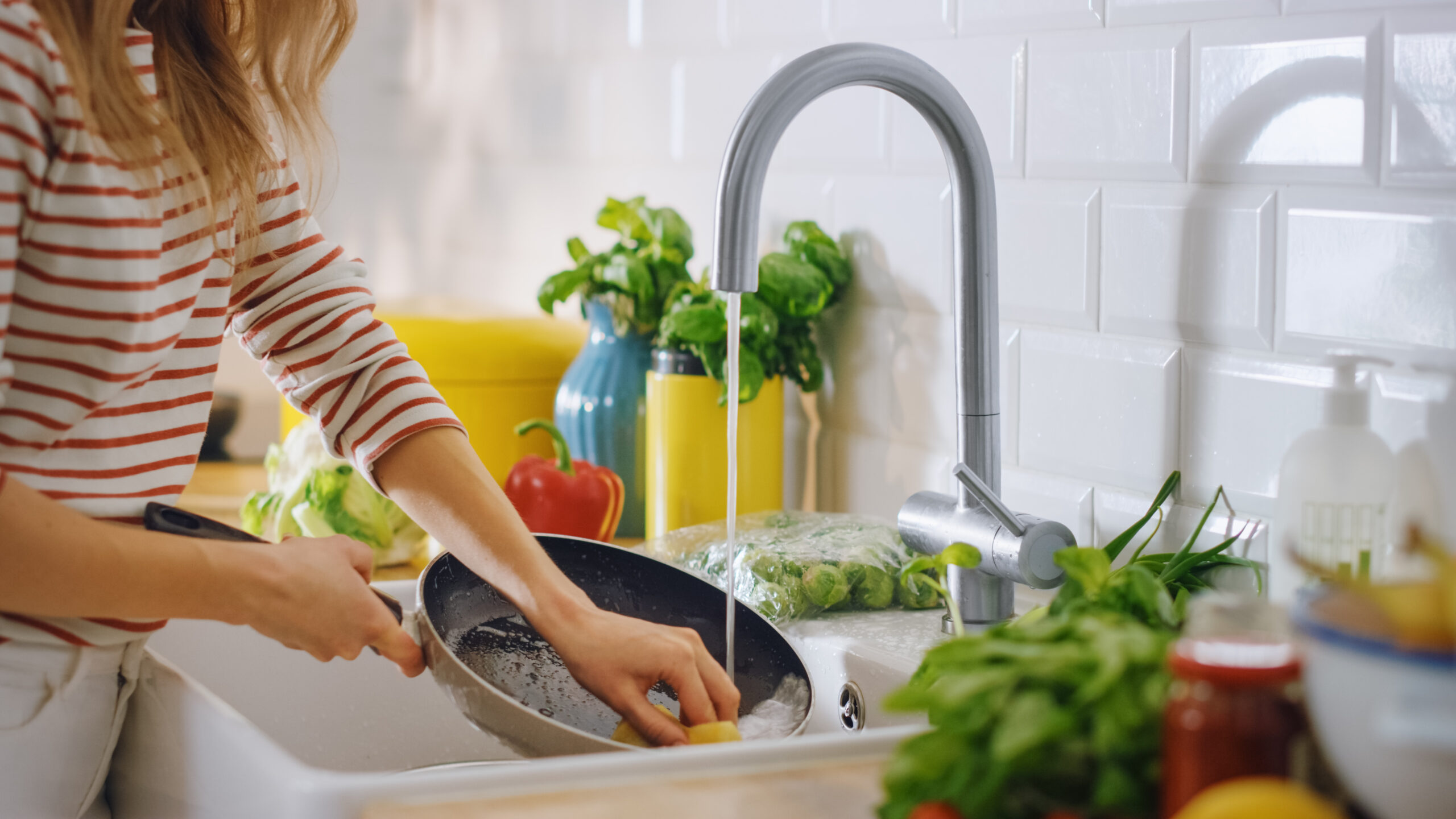
A cluttered kitchen can quickly become overwhelming and make cooking less enjoyable. Professional chefs are trained to clean as they go, which helps maintain an organized workspace and prevents messes from piling up. Wiping down surfaces, washing utensils, and putting away ingredients after use are simple habits that can make a big difference. Not only does this make the final cleanup easier, but it also allows you to focus better on your cooking without being distracted by the mess.
Ignoring Expiration Dates
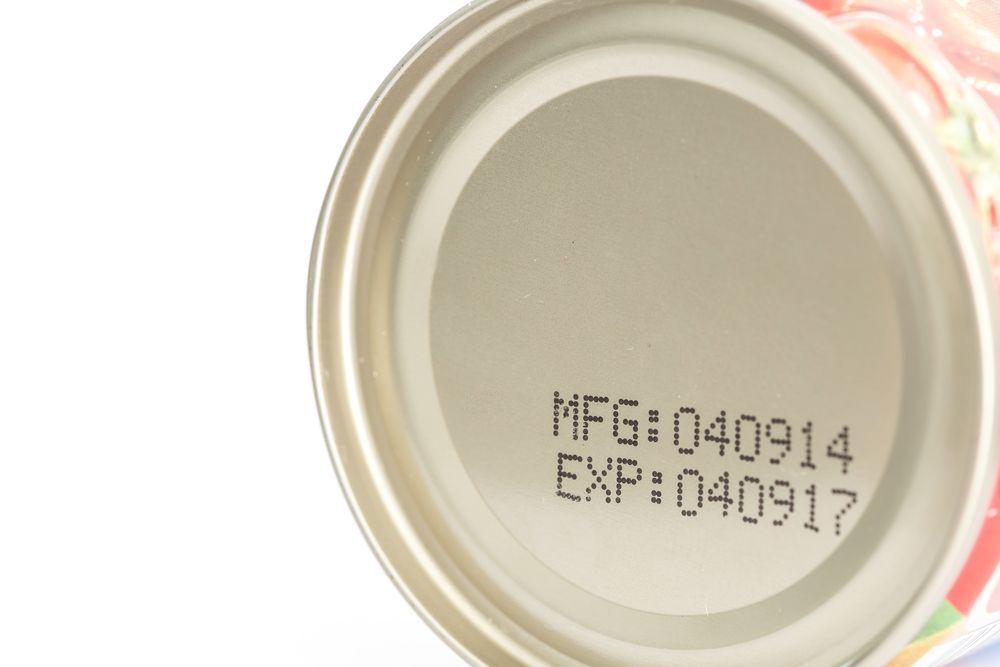
Using expired ingredients can ruin a dish and even pose health risks. Professional chefs always pay attention to expiration dates and rotate their pantry and refrigerator stock to ensure freshness. Ignoring these dates can lead to off flavors, poor texture, and potential foodborne illness. By regularly checking expiration dates and practicing proper food storage, you can ensure that your ingredients are always at their best. Fresh ingredients are the foundation of great cooking.
Storing Ingredients Improperly

Proper food storage is crucial for maintaining the quality and safety of your ingredients. Professional chefs know that different foods require different storage conditions to stay fresh longer. For example, some fruits release ethylene gas, which can cause other produce to ripen and spoil faster if stored together. Similarly, raw meat should always be stored on the bottom shelf of the refrigerator to prevent cross-contamination. Taking the time to learn how to store ingredients properly will keep your kitchen running smoothly and reduce food waste.
Relying Too Much on Recipes

While following recipes can be helpful, relying on them too much can limit your creativity and understanding of cooking techniques. Professional chefs often use recipes as a guide but adjust ingredients and methods based on their own knowledge and preferences. By learning the basics of cooking, such as how to properly season, control heat, and balance flavors, you can start to cook more intuitively. This approach allows you to adapt recipes to your taste and make the most of what you have on hand, resulting in more enjoyable and personalized dishes.
This article originally appeared on RetailShout.
More From RetailShout
Top 11 Early Walmart Black Friday Fashion Steals

Black Friday is sneaking up fast, and Walmart’s early fashion deals are already turning heads. From cozy essentials to stylish statement pieces, there’s something for everyone without breaking the bank. Read More.
10 Affordable Fall Workwear Finds at Walmart Under $50

Finding stylish, budget-friendly workwear for fall doesn’t have to be a challenge. With Walmart’s latest collection, you can refresh your office wardrobe without breaking the bank—all under $50! Read More.
18 New and 13 Returning Items Of The Week At Trader Joe’s (11/24 – 12/02)
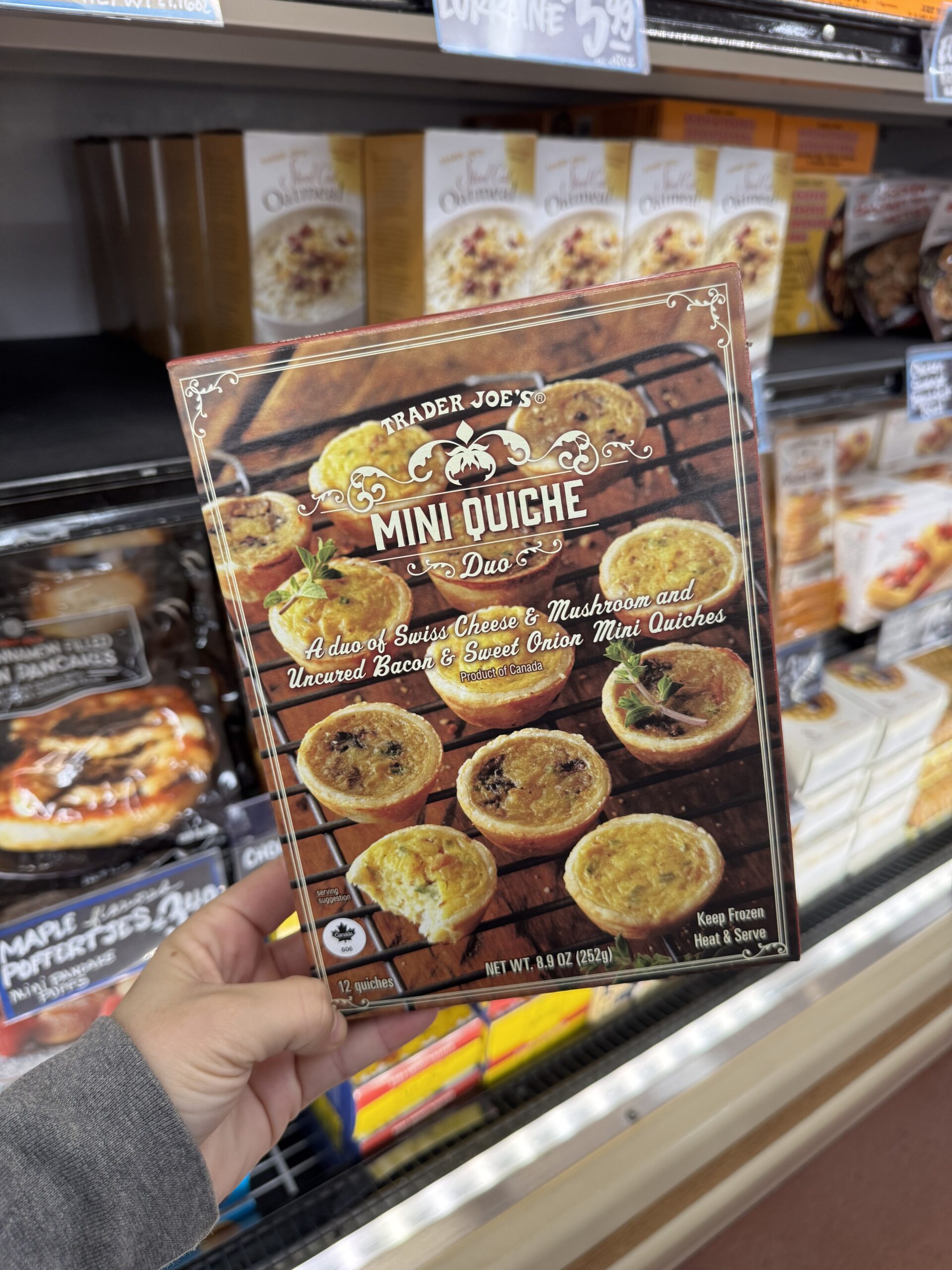
Trader Joe’s is back with another exciting lineup of new and returning products to kick off the holiday season. Trader Joe’s has curated a selection that’s sure to delight. With fan-favorites making a comeback and innovative new items hitting the shelves, it’s the perfect time to explore the latest additions. Read More.

